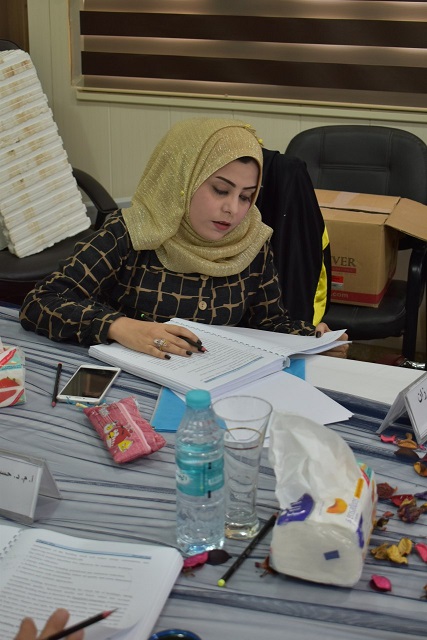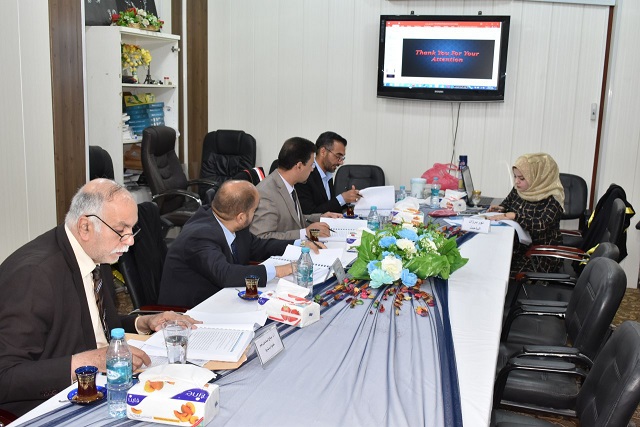
I discussed a master's thesis at the College of Engineering at the University of Basrah (studying the thermal performance of sustainable buildings operating in southern Iraq)
The thesis presented by the student Noor Barzan Sakran included a simulation of the energy consumption of a single family house (200 m²) of two floors in the city of Basra to compare heating, cooling and total energy consumption. An energy calculation program (HAP4.9) was used, which uses the thermal response factor method as a main research tool to study the effect of External weather on cooling and heating loads
The research showed an alternating distinction between the two types of building excavations used in the study in terms of cooling and heating energy and the total energy consumed in the space.
These building techniques are (AAC) and (ICF) with liquid insulation which showed an overall energy savings compared to the base case.
Sensitive analyzes were also conducted to determine the effect of orientation on the air-conditioned building by comparing the performance of the house due to the trend. It showed a rationalization in the total energy (33.45%) of the AAC building, and this is a result of the small walls of the building facing east and west with a small percentage of glazing
In addition, shading the windows using the battalions shows energy conservation for the AAC building
The mission aims to design a sustainable residential building consisting of 31 houses using some important and smart technologies such as hybrid insulation and the use of renewable resources, solar and wind energy, with a battery bank as a storage system
The thesis concluded that obtaining the benefit from the sources of solar wind energy is a good option to reduce annual energy consumption in light of the available data in the conditions of the city of Basra. As for the first case, the use of solar panels with wind turbines can cover 35% of the total annual energy for consumption and also the bill is reduced annual electricity.







